



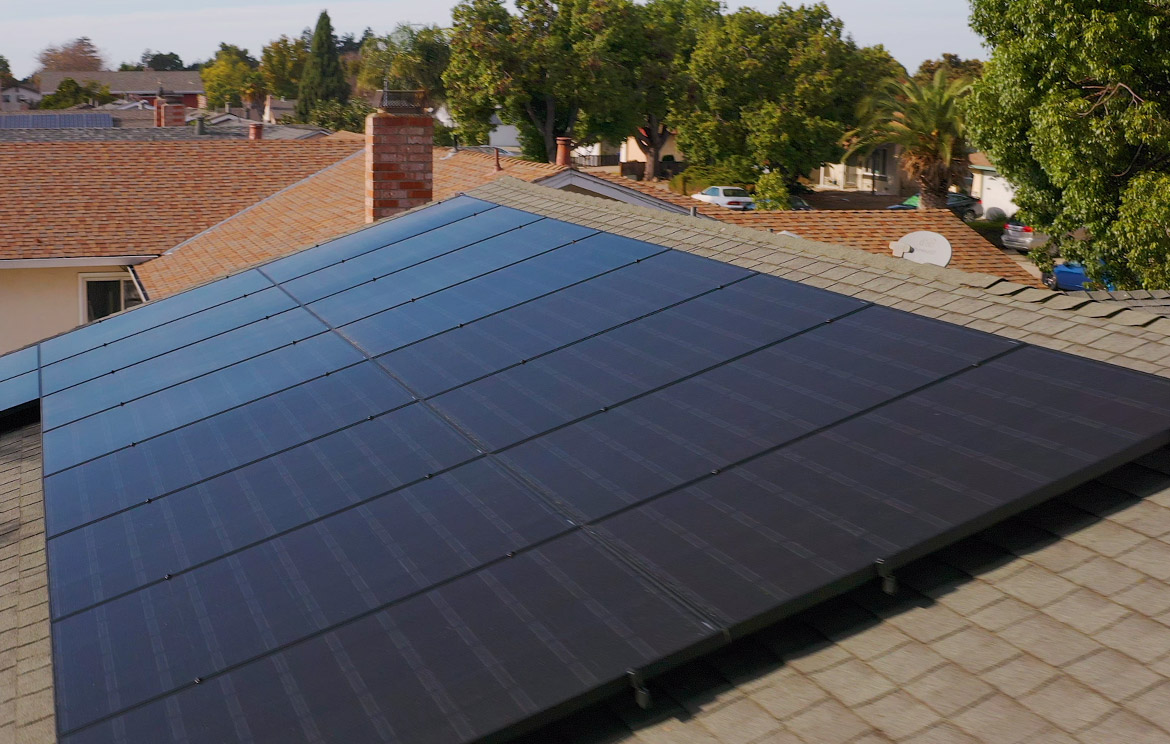
You may have heard some buzz about how solar panels cuts costs on energy bills or that they’re eco-friendly. But chances are, this is pretty much all you know about them - and that’s 100% okay. But it’s important to understand exactly what you’re getting into when it comes to making the switch to solar energy.
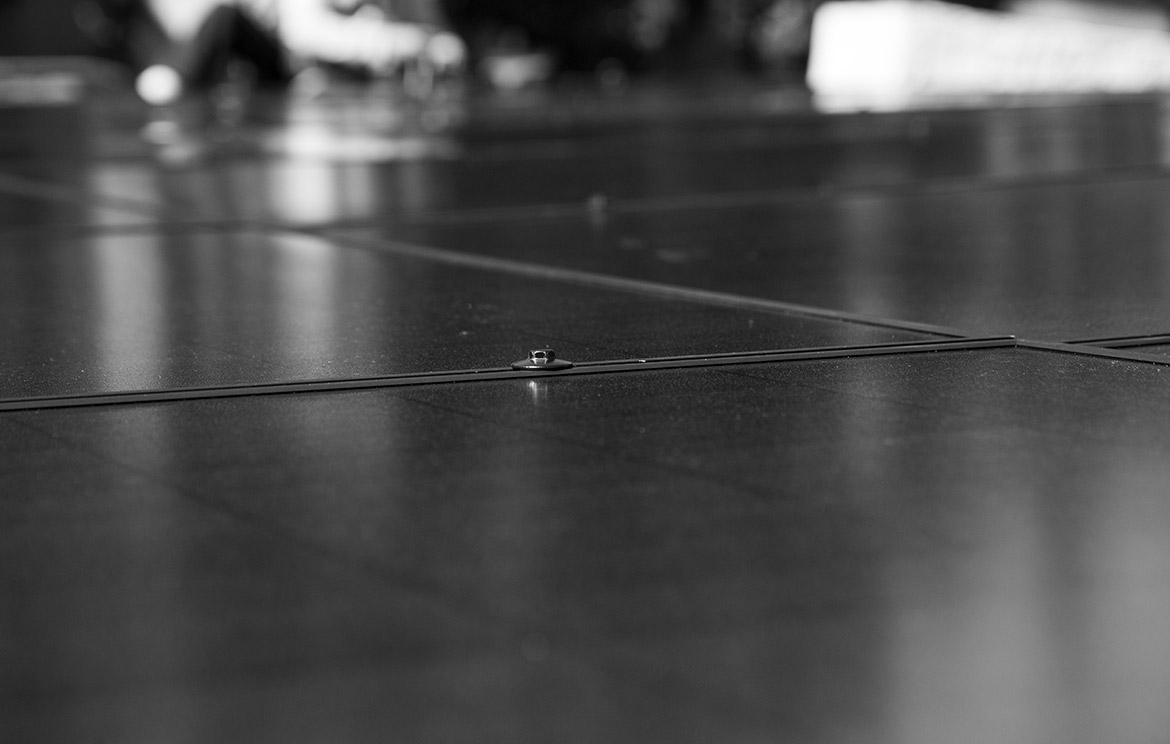
In 1839, Alexandre Edmond Becquerel discovered the photovoltaic effect—that is, the ability to create an electric current from the sun’s rays. Shortly after, Russell Ohl invented the first solar panel cell in 1941 and the first commercial panel was put out by Bell Laboratories in 1954.
Today, solar panel history is still being paved, as Semper Solaris continues to install industry-leading solar panels every day.
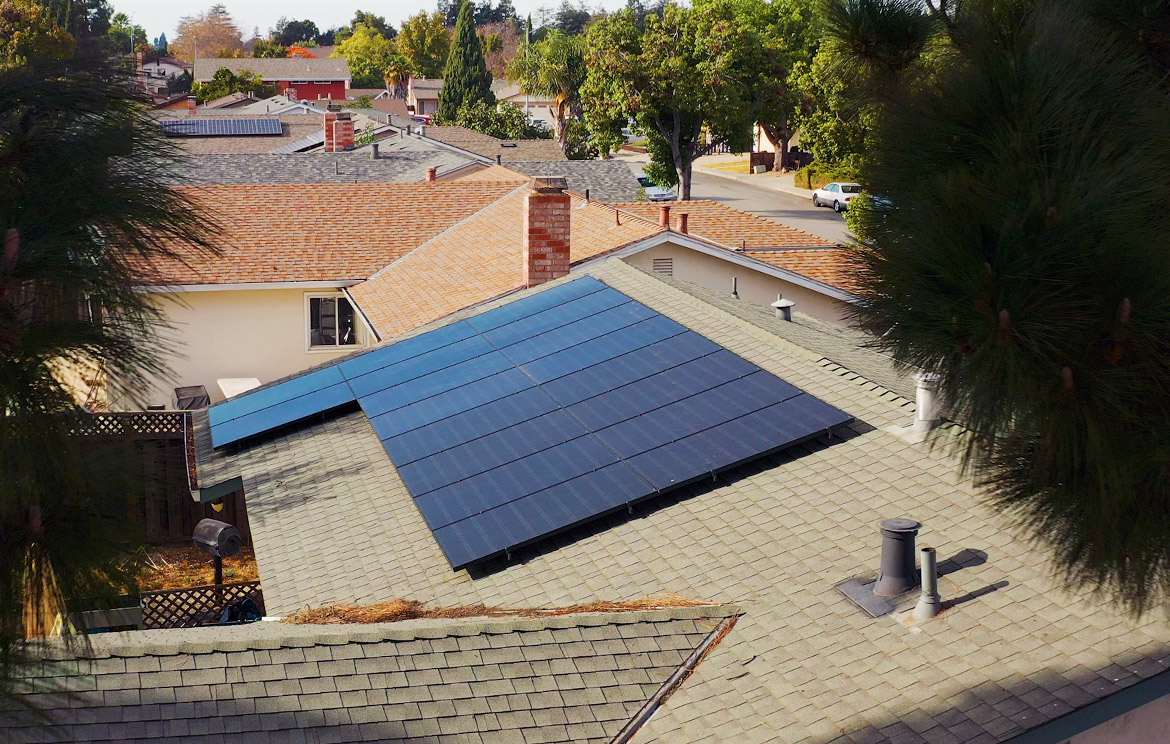
Solar power starts with solar energy, which is energy produced by the sun. When the sunbeams, its energy can be stored in solar panels. These solar panels transform energy into power in two different ways – photovoltaic, which is power used for electricity, and solar thermal, which is power used for heating.
The energy from the sun is the most abundant energy source available on Earth. With just one hour of direct sunlight, you could collect enough energy to generate a year’s worth of power for the entire Earth. There’s a lot of electrical juice from the sun!
All you need is a cord (aka, solar panels) that’ll transform the energy from point A (the sun) to point B (electricity that can be used by your home) to power up all your home energy requirements.
Everything that you need to know about solar: Solar for Beginners!

As of 2022, California’s solar power usage topped all other states, clocking in 39,729 megawatts of solar energy use. The state has enough solar energy systems installed to power 10.7 million homes.
Other states that follow just behind California in solar energy production and usage include North Carolina, Arizona, Nevada and New Jersey. But, as the popularity of solar power grows with increasingly affordable access, you can expect to see more states jump on board, expanding the overall market.
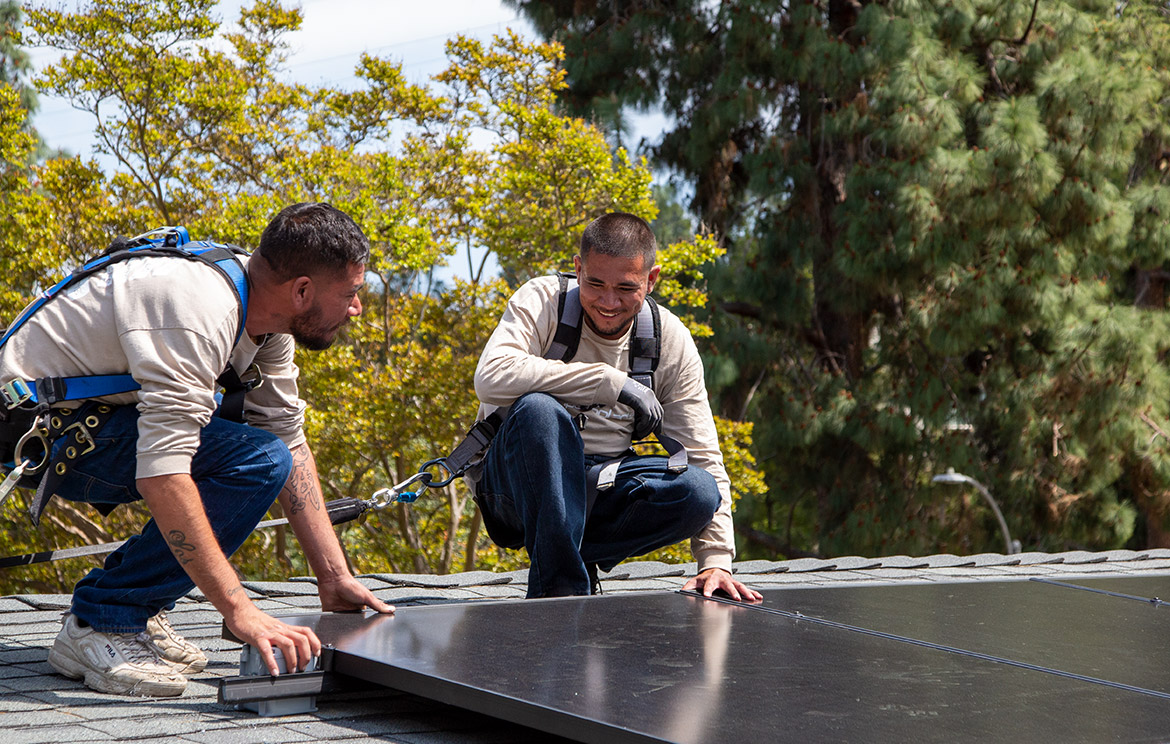
You read that right!
The sun is the most abundant source of energy for solar panels to absorb and convert into power, but it doesn’t need to be direct sunlight. Solar panels can capture different parts of the sun’s light spectrum. So, if the sun’s not directly beaming on the panels - or it happens to be a cloudy day - it doesn’t mean the hues reflected from the sky aren’t being captured and utilized by the solar panel cells to produce power.
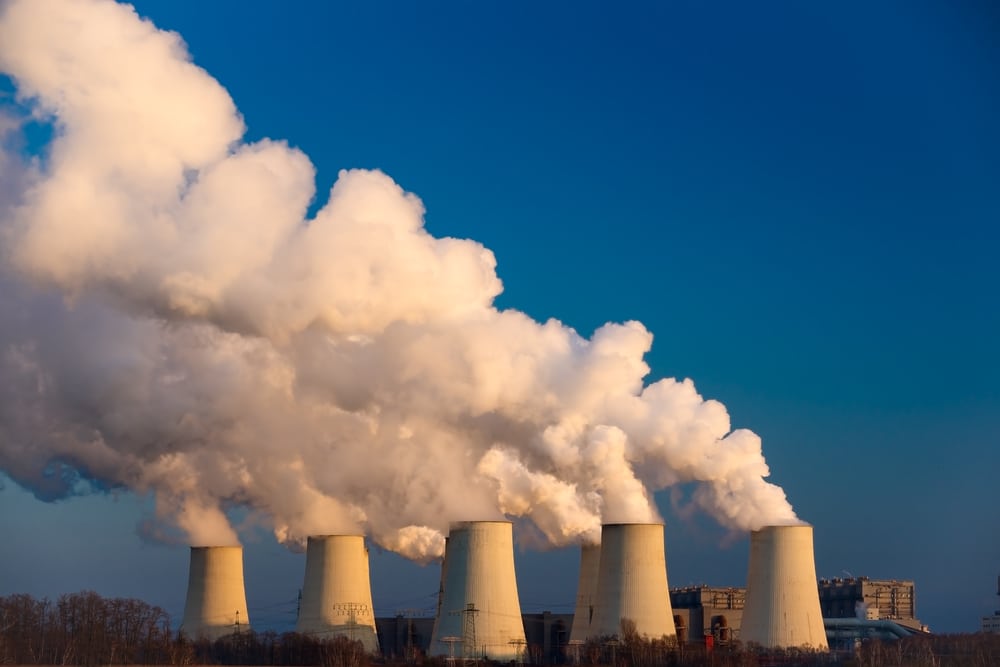
Solar power translates to clean energy production and you can reduce your carbon footprint significantly by installing a home solar power system.
In other words, it’s not emitting the same pollution other energy sources typically do. The average U.S. household using a solar power system would reduce emissions by approximately eight pounds of sulfur dioxide, five pounds of nitrogen oxide and more than 1,400 pounds of carbon dioxide each month.
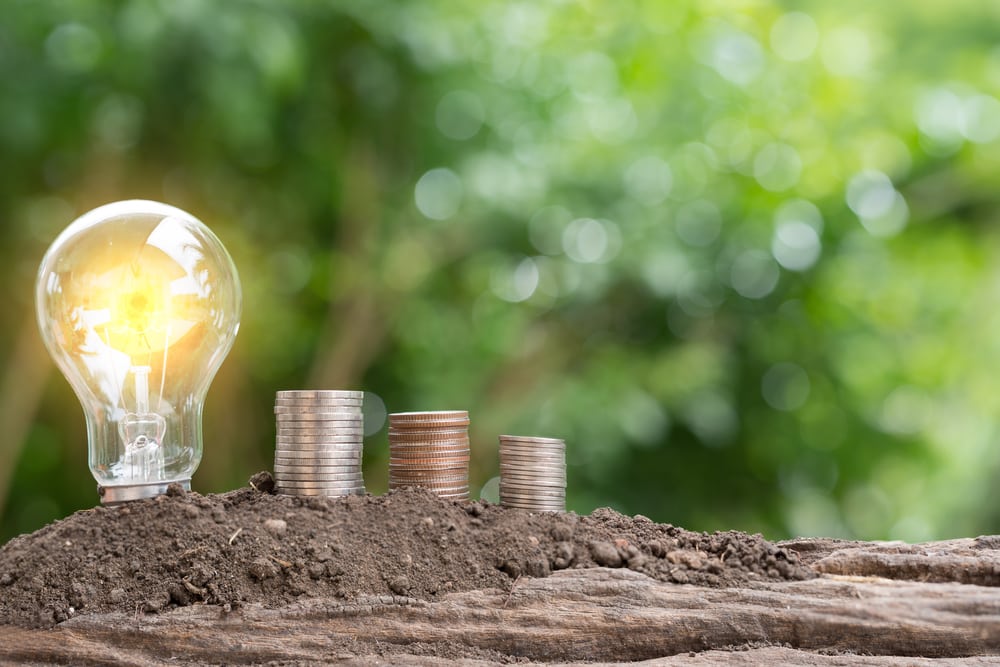
When you switch to a solar energy system, try not to take the initial price of installation at face value, because the overall amount you save in investing in solar power is actually where the value lies.
After you’ve had your solar panels installed, you will no longer have to pay a heating or electric bill and, after time, the amount you save on the electricity bill (which averages $1,300 per household annually), will pay off your initial investment of installing a solar energy system.
Additionally, those who buy solar panels could be eligible for a 30% tax break and some states even allow solar power owners to sell their excess solar energy – putting more money back into your pockets. They are even relatively low maintenance and getting a check-up is affordable.

Solar energy goes beyond simply using solar power for home electricity purposes. It can also be utilized in vehicles. From cars to trains, and now even airplanes, more and more people are traveling using solely solar energy.
This application of solar power outside homes and office buildings is just a start to the unlimited potential solar technology has in changing our everyday lives for the better.

Solar energy is expanding from just individual systems for each home to community solar systems.
The concept of shared solar fits well in the ever-growing sharing economy that has risen in popularity over the past decade. Instead of homeowners installing their own solar panels, solar systems are being installed for entire communities to use to power their homes. So, why not talk to your neighbors and see who else wants to go solar on your block?
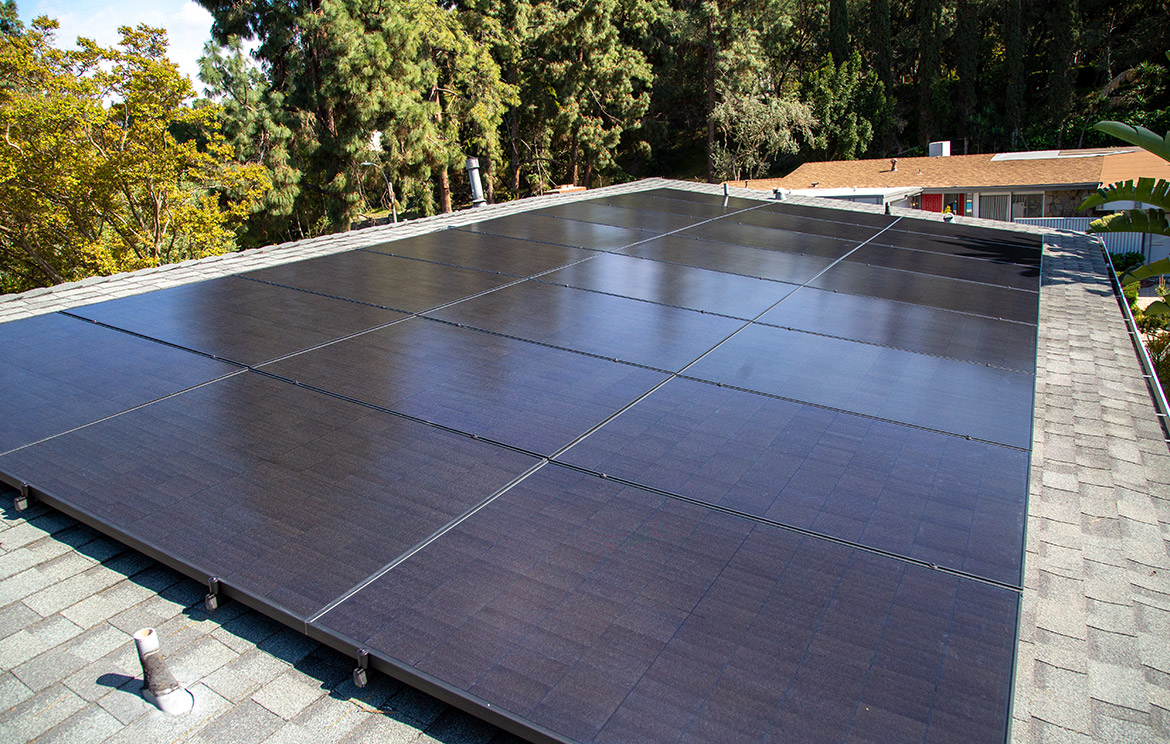
Kilowatts hours (kWh) are used to measure solar-powered electricity and most solar panels have approximately 225-watt capacities, with the ability to generate 20-watts per square foot.
To put that in perspective (and human speak for those, not in the energy industry), the average home needs about 30 solar panels to meet its own energy usage requirements.

Solar power continues to grow in popularity in the United States, which is currently the third-largest solar market in the world. With the price of solar energy systems getting lower, it is becoming a really appealing energy choice for Americans.
There is a lot more to those solar panels than you may have known.
After finding out about history about them, a bit of science behind the technology, solar energy’s current position in the market and its ability to grow, why not get on board with solar panels for your own home?
The chances of using solar energy as a major power source are still growing and Semper Solaris can help you become a part of the solar movement.